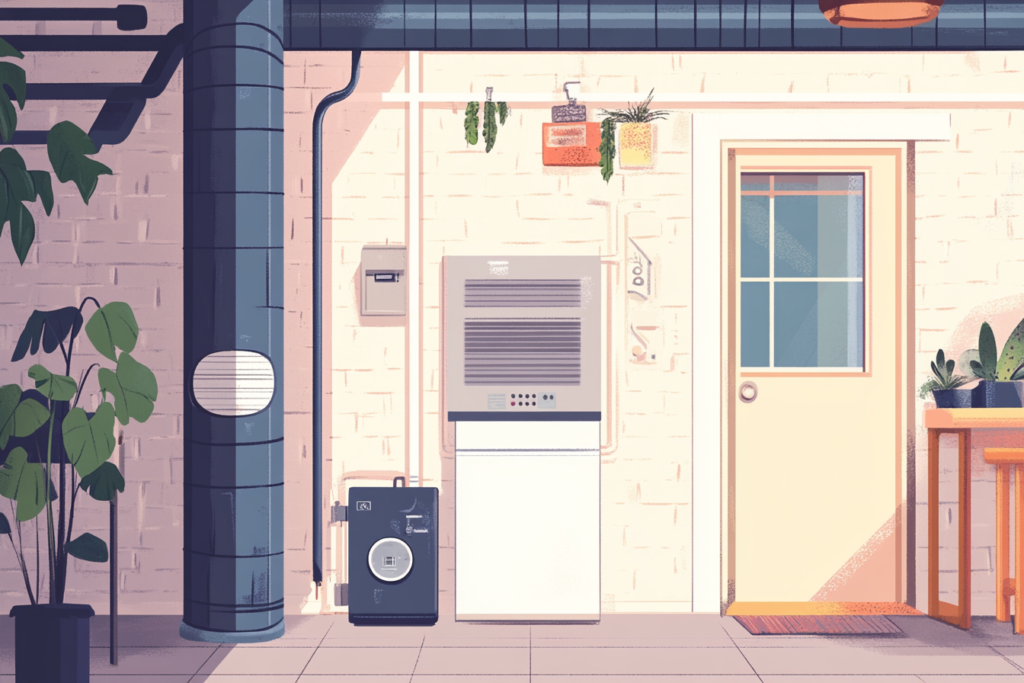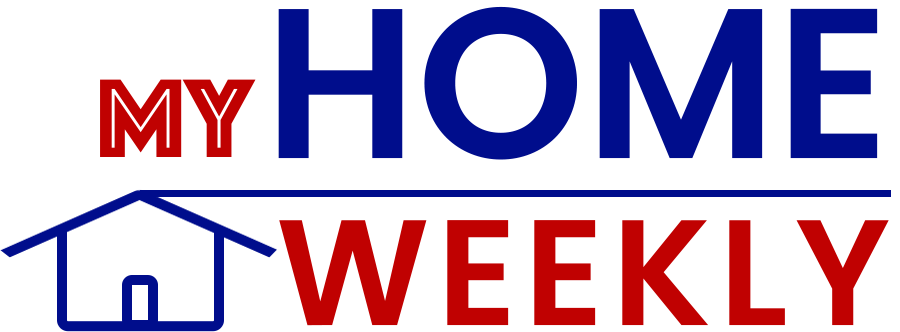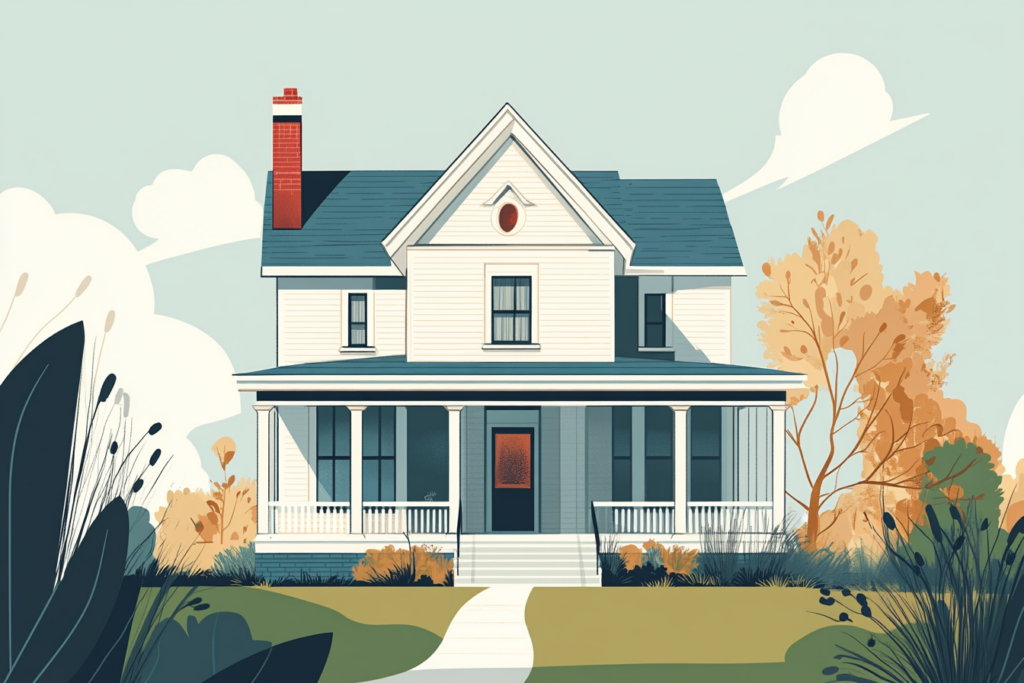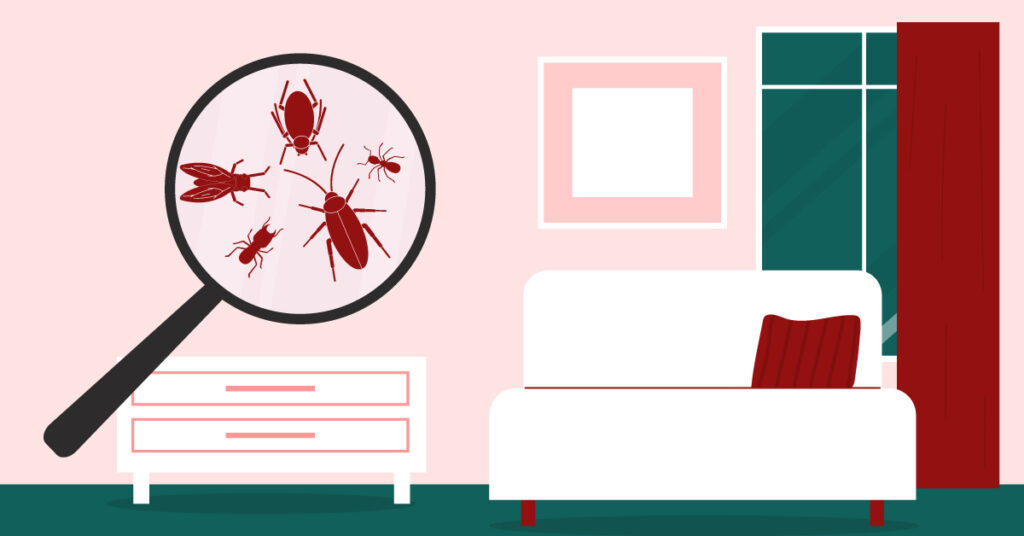Older and historic homes radiate a unique elegance, charm, and nostalgia that often presents energy efficiency challenges to their buyers. Ineffective or lack of insulation is one reason homes built before 1970 are less energy efficient than modern homes. Other reasons it costs more to heat and cool older homes include outdated electrical systems, drafty doors and windows, and aging building materials.
If you are buying an older home or looking to buy and renovate, we’ve compiled the best upgrades that will reduce energy costs while preserving the condition of your home.
Energy-Saving Upgrades for Older Homes
1. Start With an Energy Audit
Energy audits identify even the smallest air leaks in homes. While some utilities and local governments do offer complimentary audits, it is recommended that homeowners hire a professional energy auditor to evaluate air leaks in older homes.
Visual inspections by energy auditors include examination of the building envelope, looking for signs of window and door warping, determining the age of the heating and cooling systems, and rating the insulation. Diagnostic tests involve blower door tests, heat radiation inspections, duct outflow tests, and areas of insulation deficiencies,
2. Replace Old Windows
Even if windows look like they fit well within the frame, they could still be allowing heat to escape through invisible sections of damaged frames and seals. You can check for leaks around windows by lighting a stick of incense and passing the stick around the window frame. If smoke is sucked out or blown inside the home, you’ve likely got ill-fitting windows.
3. Repair or Replace Roofing
Homes over 50 years old typically have had their roofs replaced at least once, with repairs made in between replacements. A new roof would effectively stabilize energy costs by preventing moisture from seeping into a home’s interior. Moreover, heat molecules are lighter than cold molecules, so they keep rising in the atmosphere until a solid object stops them. Heat molecules will easily slip through a deteriorating roof if a roof has numerous holes and missing shingles, resulting in high heating costs.
4. Replace Older Furnaces

Furnaces built before 1992 have an Annual Fuel Utilization Efficiency rating of 80 percent. Depending on various factors, modern high-efficiency heating equipment can reach nearly 100 percent efficiency. Upgrading to a 90 percent efficient system also helps reduce fuel expenses and pollution. In addition, oversized systems can often be tweaked to run at a lower level, boosting their efficiency even more in older homes.
5. Electrical and Plumbing Systems
Most houses built before 1960 have galvanized plumbing pipes that require updating. Galvanized pipes are coated with zinc, which will rust and clog pipes and reduce water flow and pressure. Replacing old galvanized pipes with newer copper or PVC ones will save on water heating and plumbing costs.
Outdated electrical systems increase electricity bills by creating heat loss conditions. Overloaded circuits consume more energy. Damaged wiring often causes leaks and short circuits.
6. Replace Older Doors with Energy-Efficient doors
Wood doors that shrink and warp over the years can’t seal a doorway properly, leaving small, measurable gaps in the frame. Older doors do not contain insulating materials like foam filling or a solid core that prevents heat loss in the winter and heat penetration during summer.
Energy-efficient fiberglass doors never crack or shrink like wood doors and consistently prevent energy loss. Fiberglass panel doors come with raised or recessed panels arrayed in stylistic configurations. Craftsman doors blend well with the presentation of older homes. Simple yet elegant, craftsman doors combine glass and panels with decorative aspects reflecting the original appearance of an older home.
7. Replace or Add Attic Floor Insulation
Insulating the attic floor helps keep heat in the lower part of a home. Although homeowners can blow insulation into walls, laying about 10 to 12 inches of insulation on an attic floor is easier and more affordable. Older homes often have poorly insulated attic floors that allow warm air to escape. Insulating attic floors reduces energy costs by keeping warm air in the house and reducing strain on the heating system.
Alternately, overly hot attics in summer will stress air conditioning systems and increase energy usage. Attic floor insulation reduces heat gain and energy costs by blocking heat transfer from the attic into the home.
A Checklist for Buying an Older Home
Keep these things in mind before buying an older home to avoid unexpected costly repairs and replacements:
- Check the insulation condition of crawl spaces, attics, and walls.
- Examine doors and windows for signs of shrinkage, warpage, and other damage.
- Ask the seller when the HVAC system and roof were last repaired or replaced.
- Take a close look at the ductwork, if applicable. Leaky ducts are a significant drain on energy bills.
- Ask questions about the electrical and plumbing system. When was it replaced? How often does it need repairs? What type of material are the pipes and wires made of?
Finally, ask the seller about any energy-efficient upgrades the home has received in the past five to 10 years, such as new insulation, windows, or appliances. If possible, get documentation of these upgrades with information about who performed the upgrade and when it was performed.
You might also be interested in: 7 Eco-Friendly Insulation Materials To Consider Today




